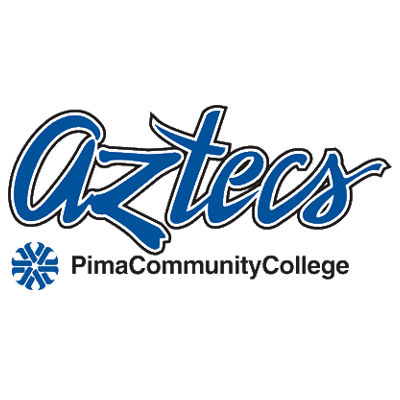(Tucson, AZ) Kim Doss
In a world where education dollars are becoming more difficult to come by, Pima Community College faced a mandate from its Board of Governors: eliminate $5 million per year from the budget each of the next three years. This meant cuts in every department on campus, including possible layoffs.
“There isn’t a corner of the college that is not being impacted,” said District 3 representative Sylvia M. Lee.
Tonight, Edgar Soto, the Dean of Athletics, Fitness and Wellness, gave the board a report on what the Athletic Department has planned to help ease the college’s financial difficulties. The first step is to cut the football program. After that, two additional teams will be cut. Those two will come from the group of men’s tennis, women’s tennis, men’s golf and women’s golf. One of the two men’s teams and one of the two women’s team will be eliminated. The decision on which of the two teams will join football will be made within the next few months, and will be based on additional criteria, including team GPA.
For the 2018-19 school year, Soto said that the department has a budget of $2.6 million and will fund all current sports. Those funds come from student fees and the college general fund.
To meet the budget goals of the college, PCC Chancellor Lee Lambert asked him to come up with four budgets for the 2019-20 school year. One would have the department spend $1.9 million while retaining football. One would have the same funding level but would eliminate football. The third would give the department a budget of $1.7 million, while the final option would cut the funding to $1.5 million. In order to keep football, not only would the department have to spend the full $1.9 million, but they would also have to cut every men’s sport expect for football and men’s soccer, Soto told the board.
In the end, Lambert opted to go with the option that spent $1.9 million but eliminated football. This allowed the department to keep the most teams for men, Soto said.
Football was up for elimination for several reasons. Its status as the most expensive sport on campus is a major one. The size of the team and related equipment pushes the cost of football above that of most sports.
Keeping football would also have the most negative impact on Title IX compliance. Other sports at PCC have both men’s and women’s teams, but football granted opportunities to 100 male students that were not granted to female students. Most schools that offer football make up those numbers by offering several additional women’s sports, such as gymnastics, water polo or field hockey. PCC doesn’t have enough women’s teams to make up for those extra opportunities a football roster grants to men. After the elimination of the three programs, the men and women of PCC will have a similar number of opportunities.
The decision of the Maricopa County Community College District to eliminate the sport just forced the timeline, according to Soto and Lambert. Soto said that he believed the discussion about football would have occurred anyway, but it became more pressing when possible opponents in Maricopa County were eliminated.
As for the other two teams that are destined to join football, Soto said those four teams were selected as possibilities based on four criteria: interest level, long-term financial stability based on realistic projections, Title IX considerations, and competition opportunities via conference affiliation.
When asked by District 5 representative Luis A. Gonzales what effect this would have on PCC enrollment numbers, Soto said it would eliminate 116 students. He said some schools also get non-athletes to enroll based on the athletic teams, but those numbers are difficult to quantify.
In 2016-17, PCC had an full-time student equivalent (FTSE) enrollment of 41,976 students pursuing college credits. An additional 2,907 were attending classes at PCC, but weren’t pursuing credit.
In order to still provide educational opportunities to former football players in the community, Soto said that they were exploring the possibility of offering academic scholarships to high school football players who simply wanted to pursue an education at PCC. He also said that they would listen if money was offered to keep the athletic programs, but there were often difficulties associated with such arrangements.
While most of the discussion focused on the fact that all departments will be operating with less money at PCC, there was some dissent about the cutting of athletic programs, specifically. Gonzales said he didn’t understand why the budget was being cut $5 million per year when more funding from bonds is becoming available.
During public comments, Richard Hernandez told the board that the college is about the community, and the community doesn’t want athletic programs cut. He spoke about students being turned away when they asked to address the board at the previous meeting.
“To cut even one sport is a mistake,” Hernandez said. “People are speaking to you, and you’re not listening.”

















